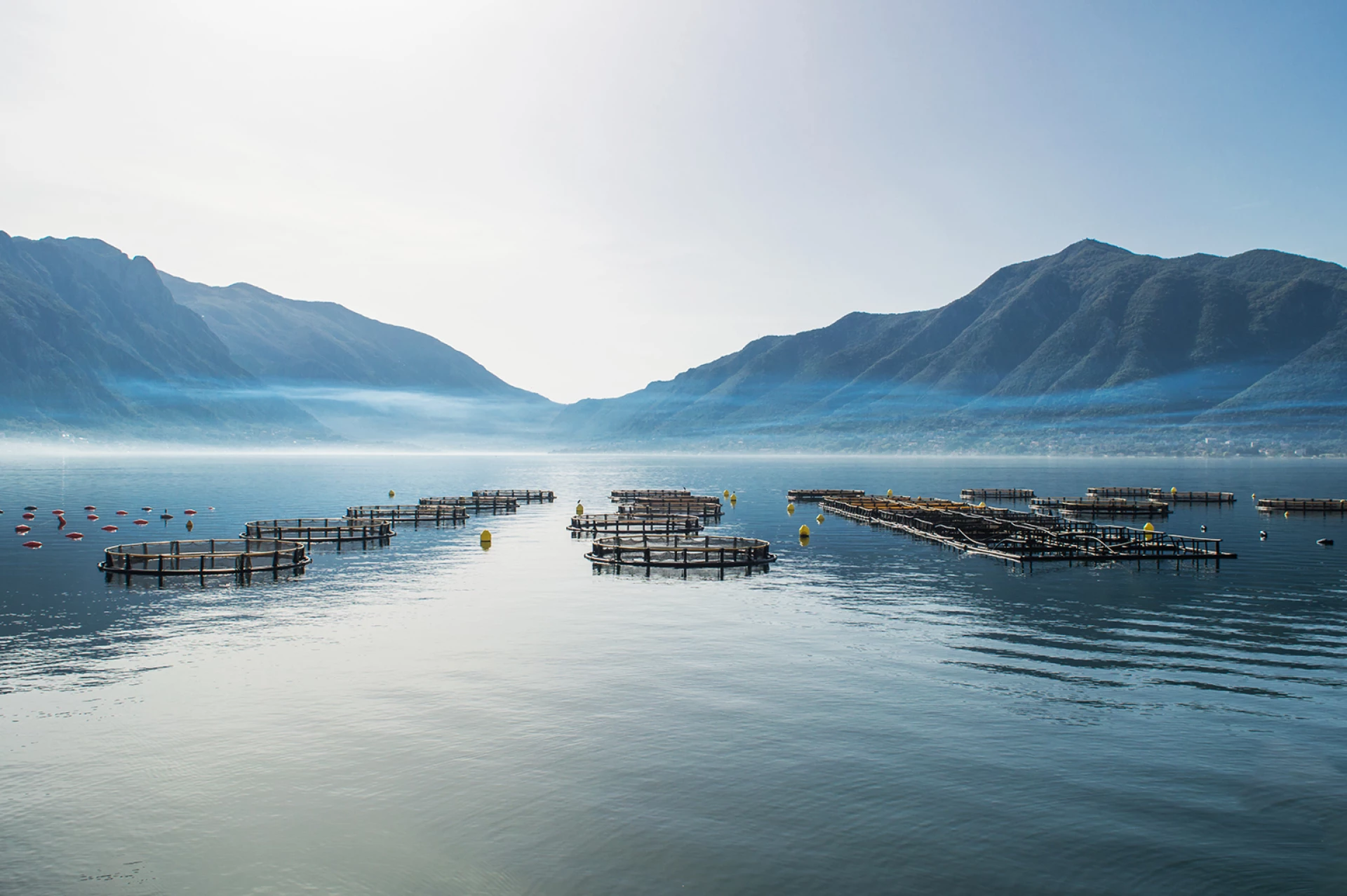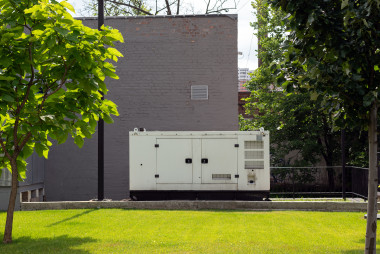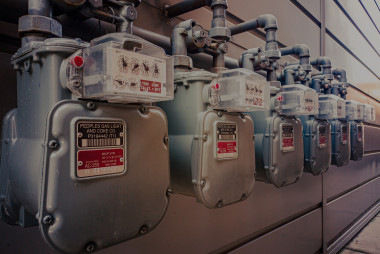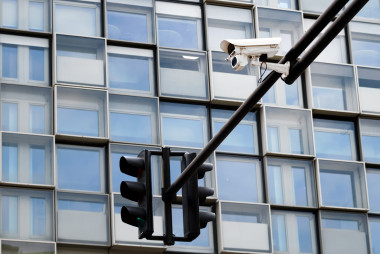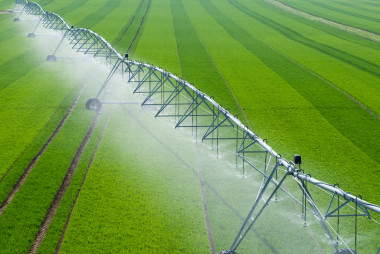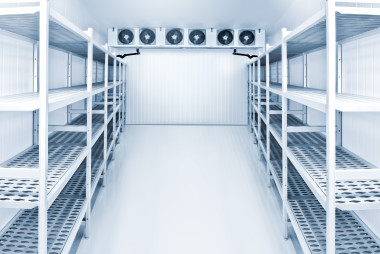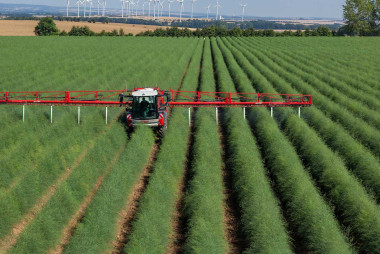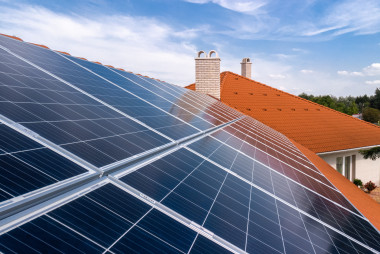SUMMARY
As the global population continues to grow rapidly, the ever-increasing demand for food poses a threat to certain ecosystems that, if not managed properly, risk collapsing. One type of ecosystem dealing with this threat is aquaculture. Fisheries throughout the world have historically had overfishing issues, risking the exhaustion of this food supply and, as a result, cutting off veins for meeting demand. An aquaculture management system needs to be established in fisheries to tackle this issue effectively.
CHALLENGE
This system needs to accomplish several different goals. It needs to routinely monitor the number of fish and the oxygen level in the water, and provide an overview of the fish to know when they’re ready for harvest. To accomplish these, its infrastructure needs to be underwater. However, for this data to be efficiently used, it also needs to be relayed to above-water personnel. In other words, internet connectivity must be established underwater. This is quite a hurdle, since laying down the foundations for a wired connection that spans the great distances between different fisheries is both very expensive and an inefficient use of resources.
SOLUTION
The solution is a complex orchestra of connected devices and both wired and wireless communication working in tandem. An underwater capsule containing cameras, a Raspberry Pi media player, and our RUT300 industrial Ethernet router provide video feed from the fish cages.
This module is connected via an Ethernet cable to an above-water cabinet with additional cameras, a high-gain antenna, and our RUTX10 industrial Ethernet router. The video feed is then relayed from the RUTX10 at the cabinet to a nearby barge (a type of boat) that patrols the area and is also equipped with a RUTX10 router.
The underwater capsule already needs wiring for its other devices, so wired connectivity without LTE is a simple solution for this internal network. RUT300 is very cost-effective for cases where wireless connectivity is not needed, making it the perfect choice. As this is an internal network
The RUTX10 routers, on the other hand, boast Dual-Band 2.4GHz and 5Ghz Wi-Fi, providing a high-speed, stable internet connection between the cabinet and barge. In addition, RUTX10 is capable of supporting up to 128 active VLANs. This enables efficient network distribution to the different devices of the setup and easier management of their IP addresses.
TOPOLOGY
BENEFITS
- Using this setup, the monitoring and relaying of important aquaculture data runs smoothly and maintains high- speed uninterrupted communication.
- RUT300 is very cost-effective in cases where wireless connectivity is not needed, such as for this underwater module.
- RUTX10 can support up to 128 active VLANs, allowing for a high degree of network customizability and easier management of IP addresses among different devices.
- With Dual-Band 2.4GHz and 5Ghz Wi-Fi, RUTX10 provides a seamless, stable high-speed internet connection.
WHY TELTONIKA NETWORKS?
Having products in our portfolio serving different functions is paramount for providing our clients with the flexibility they need for their IoT solutions. In this case, the interaction between our two Ethernet routers and the VLAN capacity and customizability of RUTX10 resulted in this masterwork of a setup. We don’t consider quality internet connectivity to be optional. The question is never whether it’s possible, but rather – which of our devices is best suited for it.
Rekomenduojamas gaminys
RUTX104 Gigabitiniai Eterneto lizdai, palaikantys iki 128 prievadais ar žymomis pajungtų VLAN
Wave-2 802.11ac dvigubo dažnio WI-FI ir „Bluetooth“ LE
Palaikoma daugybė VPN protokolų, įskaitant OpenVPN, IPsec, PPTP, L2TP ir DMVPN
Suderinamas su „Teltonika Networks“ nuotolinio valdymo sistema
